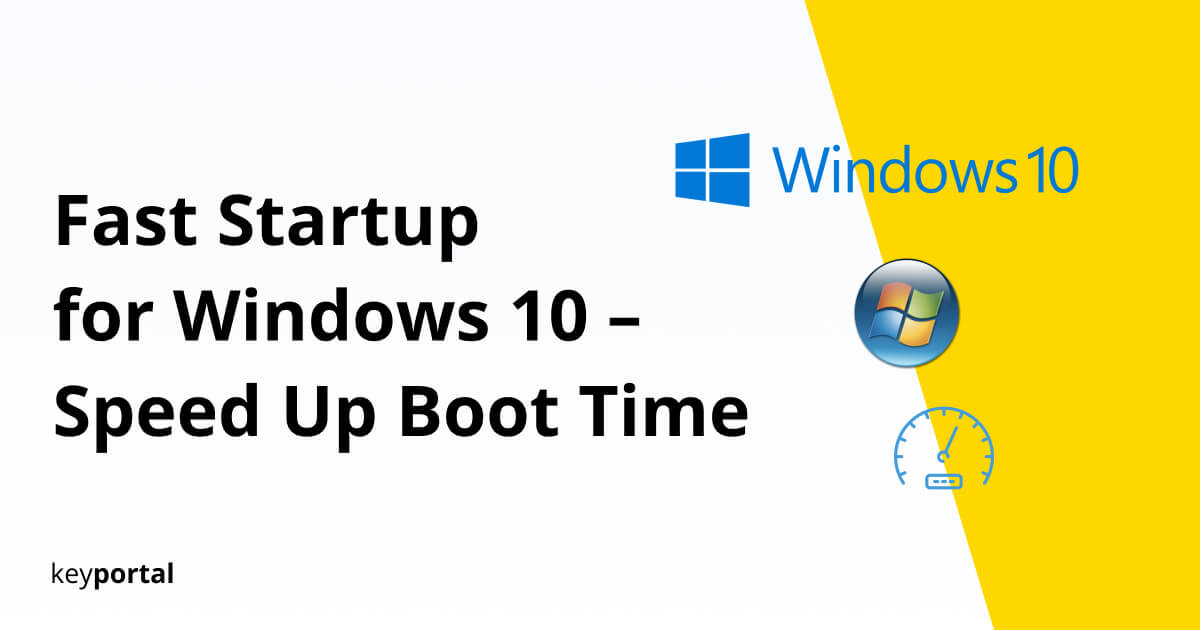Your PC starts slowly and it takes a long time to boot up? This phenomenon concerns all users who use Windows or alternative operating systems for a certain period of time. Unfortunately, you can assume that your device will never be as fast as it was on the first day. But there are some tips and tricks you can use to speed up the Windows 10 startup process, reduce your boot time, and just get an overall fast startup done.
In the following, we will introduce you to the best ways to do so. Many methods have proven themselves over the years and promise a sometimes significant reduction in boot time for Windows 10. Although a new installation of Windows helps enormously, it is not necessary, similar to repairing your system. Therefore, in the first step we will concentrate on the already existing on-board resources of your PC.

So, if you want to speed up the Windows 10 startup process, just follow the tutorial described below for a fast boot time.
How can I Speed Up Windows 10 Startup?
- Using Alternative Modes instead of Classic Shutdown
- Clearing Autostart for a Fast Startup in Windows 10
- Reducing the Boot Time in the BIOS of your PC
But first, let’s take a detailed look at how long your PC takes to boot in the first place:
Integrated Tools to Determine a Fast Boot Time on Windows 10
With the help of the integrated Event Viewer, Windows automatically documents how long the system took to boot. After the initial installation, various logs are stored here, which, among other things also concern the performance. If you try to speed up the Windows 10 startup process, you will find various (critical) warnings in the corresponding menu:
- Execute the Run command of Windows 10. You can find it in the Quick Access by right-clicking on the Start menu or by using the shortcut Windows logo key + R. You may first have to activate your Windows key.
- Type Eventvwr into the text field and confirm with Enter.
- Now look for the appropriate submenu in the folder structure on the left. Click on Application and Service Logs, followed by Microsoft, Windows and finally Diagnostics-Performance. There you select the entry Ready for use.
- In the center, you will now see the logs, provided with date and time. Do you have a fast boot time on Windows 10?
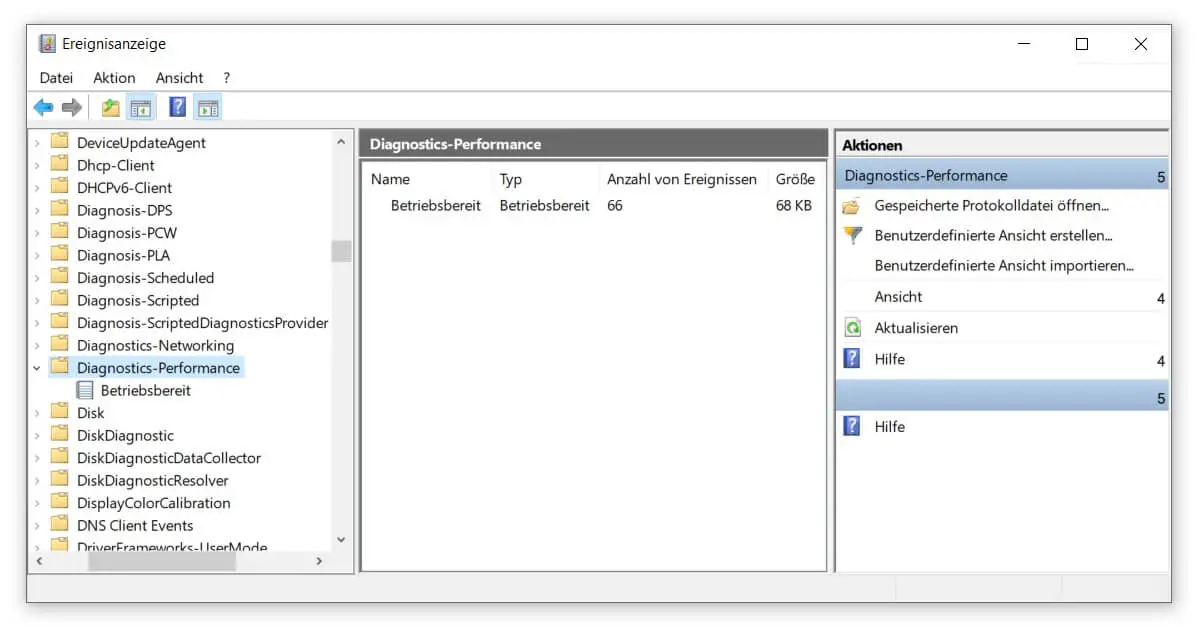
Your Fast Startup on Windows 10 thanks to Event Viewer
If you want to speed up the Windows 10 startup process, pay attention to the errors with the event ID 100. 200 and everything above concerns the shutdown of your PC. If you select the most recent entry, take a look at the message Windows has been started at the bottom center. Behind Startup time, you can see (to the millisecond) how long it took to boot up.
Pro-tip: If you want to precisely define the problem with the not so fast startup of Windows 10, a deeper look into the logs will help. For example, check the meaning of the event ID. While 101 says that a program slows down the PC, 102 sees the problem with a driver. To speed up your boot time, take care of the causes that lead to delays more often.
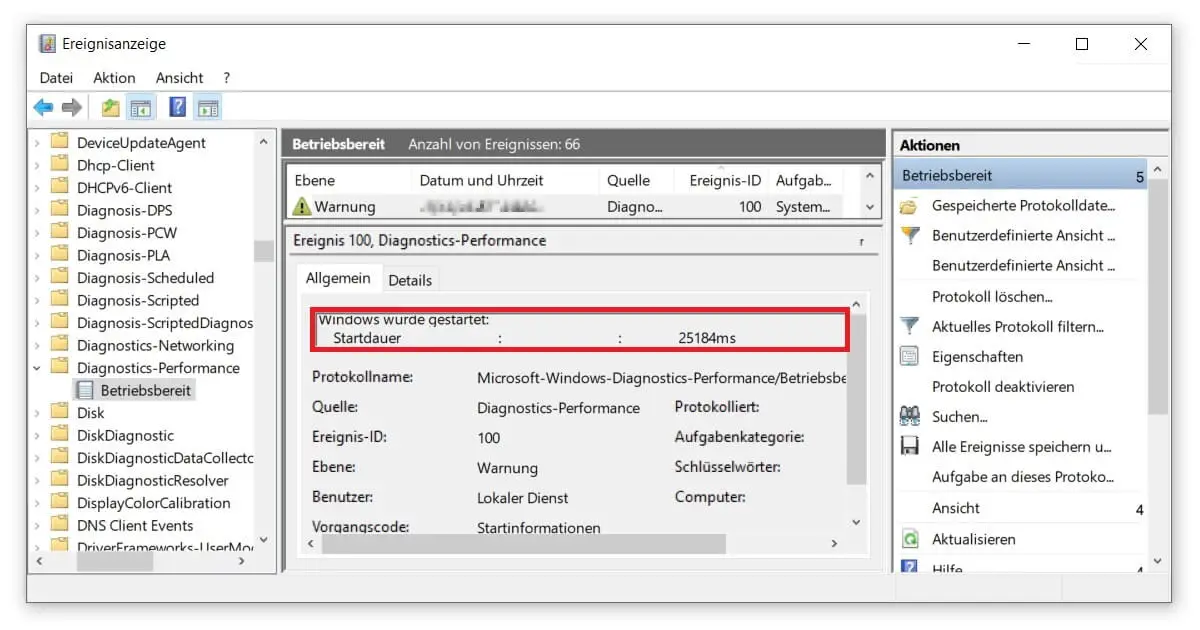
Now that you have a good overview of the possible reasons for a slow start of your operating system, all that’s missing is a concrete instruction on how you can speed up the Windows 10 startup process sustainably:
1. Using Alternative Modes instead of Classic Shutdown
You might know a simple solution for a quick start of Windows 10 from your laptop: The system does not shut down completely when you close it, but enters a standby mode. This way, you do not have to start all apps again, and you can use the device faster. The energy-saving mode works similarly on your desktop PC. Without a boot process, you start directly on the lock screen, which in turn should guarantee you a fast boot time for Windows 10.
Pro-tip: The quick start should also be active in Windows 10. Because unlike Windows 7, only a restart includes the complete shutdown of all processes by default. If your PC is slow, check in the settings whether the button for activating the quick start is selected. You can find it via Windows logo key + X in the power options.
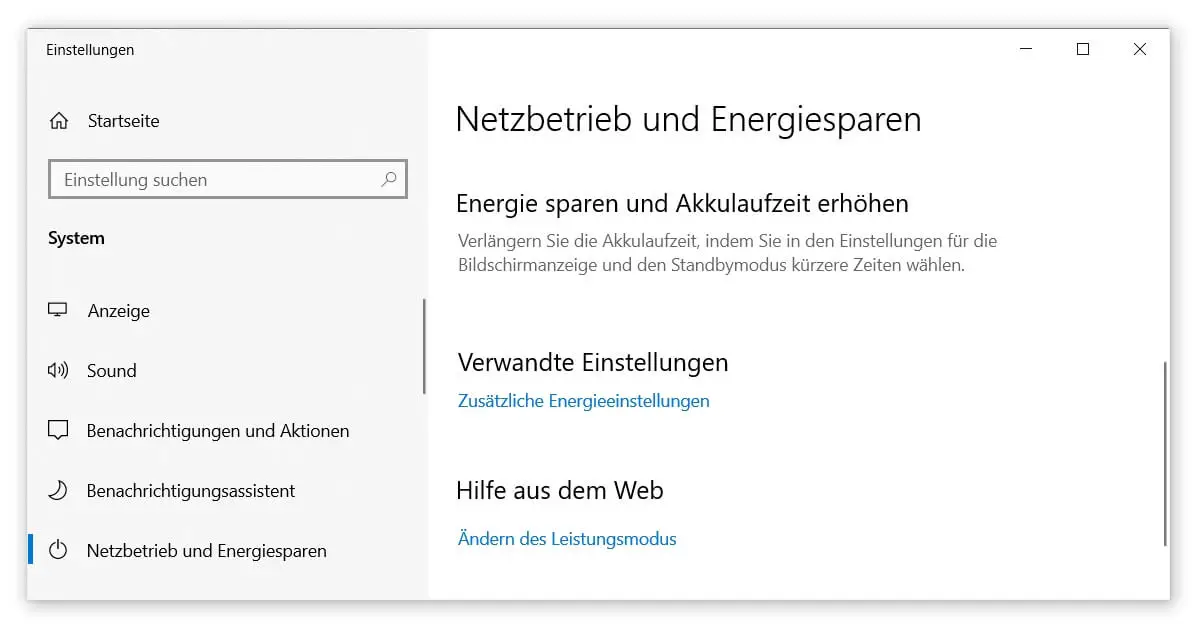
2. Clearing Autostart for a Fast Startup in Windows 10
The more apps and features you install on your PC, the greater the number of programs that are added to the autostart. The autostart contains applications that start automatically when the system is booted. In addition to essential processes of your operating system, these often include update services or synchronization units of certain providers. You can open the Windows 10 Task Manager by pressing Ctrl + Shift + Esc. Under the Startup tab, you can deactivate individual entries, which speeds up the Windows 10 startup process.
Pro-tip: You can get an extended overview in the system configuration of Windows 10, which you can open quickly via Windows logo key + R, where you execute the command msconfig. Switch to the Services tab. It is best to check the box Hide all Microsoft services. Then check which functions you really need.
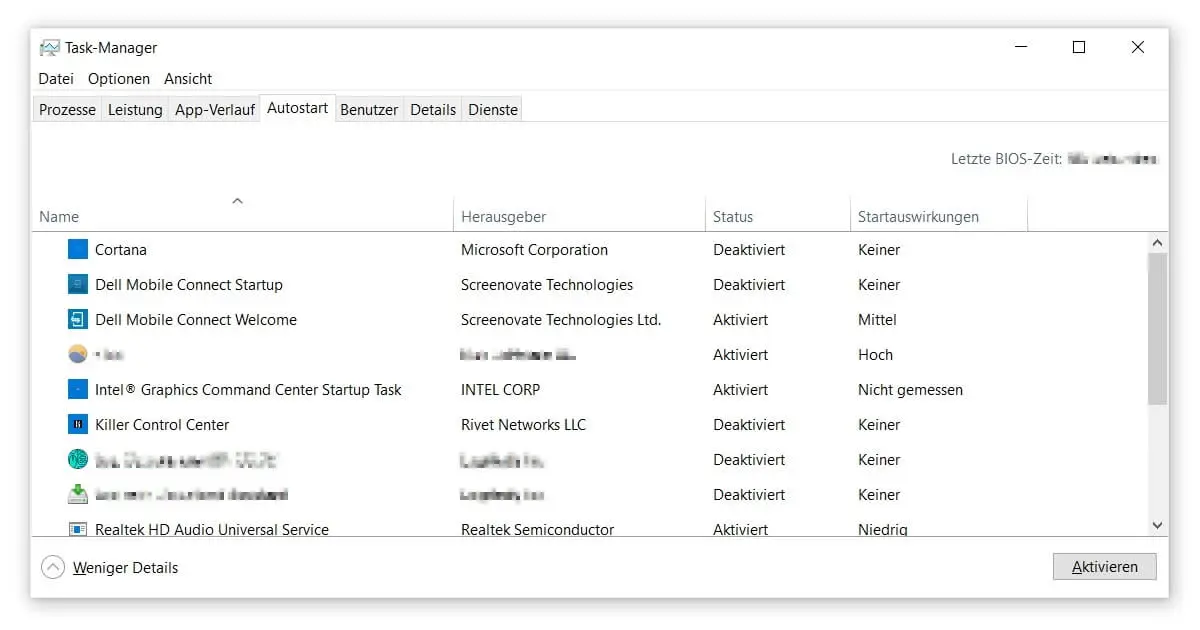
3. Reducing the Boot Time in the BIOS of your PC
If you have inserted a DVD in your drive, Windows sometimes scans it for bootable partitions, which costs valuable seconds during startup. The situation is similar with external hard disks that are permanently connected to the PC via USB. So take a look at the Disk Management. You should disconnect storage media that are not permanently needed from your system if you want to speed up the boot process.
Pro-tip: If your PC starts slowly, you have enough time to get into the BIOS by pressing F2 / F8 / F10. Depending on the interface, look for a menu called Advanced. You’ll be especially interested in options like Fast Boot, which prevents an additional check of all hardware components during startup. You can save more time at startup by adjusting the boot order. The hard drive where your operating system is stored should come first.
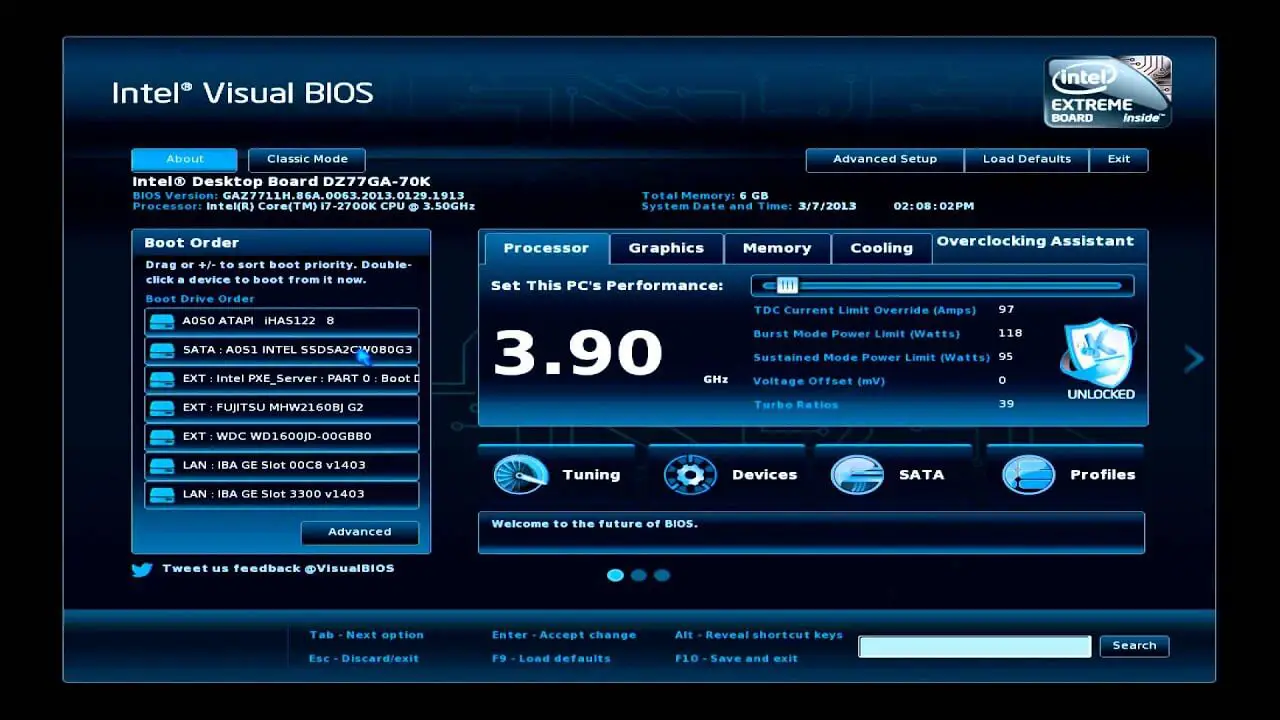
With these tips, you can certainly save a few seconds, speed up the Windows 10 startup process and get a fast boot going. Generally, it is worthwhile to provide more storage space by extending partitions. Otherwise, we can recommend a detailed article on the topic of cleaning up your PCaltogether. The fewer data junk on your computer, the better many of the internal processes run, which in turn results in a fast startup of Windows 10.
